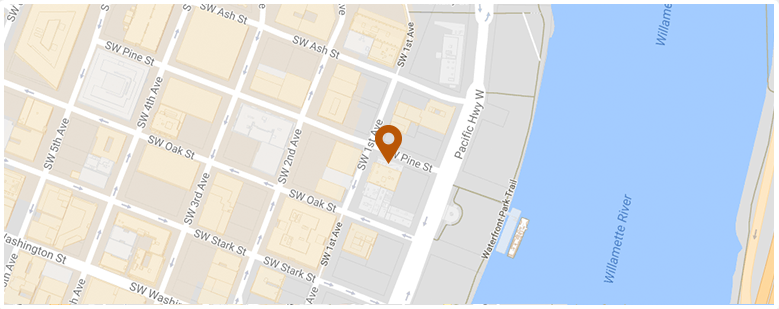Mid-February 2025 has brought another highway death in Yamhill County. The incident occurred along a part of Highway 99W in Yamhill County that has been the home of numerous serious and fatal crashes in the past. When stretches of highway become notorious for their dangerousness, that reputation frequently springs from various factors. Often, it includes driver negligence. Sometimes, it also includes negligence in the road’s design, maintenance, or repair. When you have been catastrophically injured (or have lost a loved one) in an accident along a notorious highway, you need a skilled Oregon auto accident lawyer representing you to get to the bottom of what happened and why. Only then can you be properly equipped to begin holding accountable the people and entities who were genuinely responsible.
In the February 19th collision, a Washington State man behind the wheel of a Chevrolet pickup truck attempted to turn onto Highway 18 from southbound Highway 99W when he “entered the path of a northbound Toyota Yaris… causing a side impact collision.” The driver of the truck suffered minor injuries. The crash killed the driver of the Toyota, a 31-year-old woman from McMinnville.
The mid-February accident was far from unusual. The “Y” intersection where Highways 99W and 18 meet near Dayton has been the site of many prominent (and deadly) collisions. In early December, a 45-year-old Newburg man lost his life after a crash at the same intersection. The man’s Mercury Grand Marquis collided with a motorhome, and he died a short time later at Willamette Valley Medical Center.
 Oregon Injury Lawyer Blog
Oregon Injury Lawyer Blog


